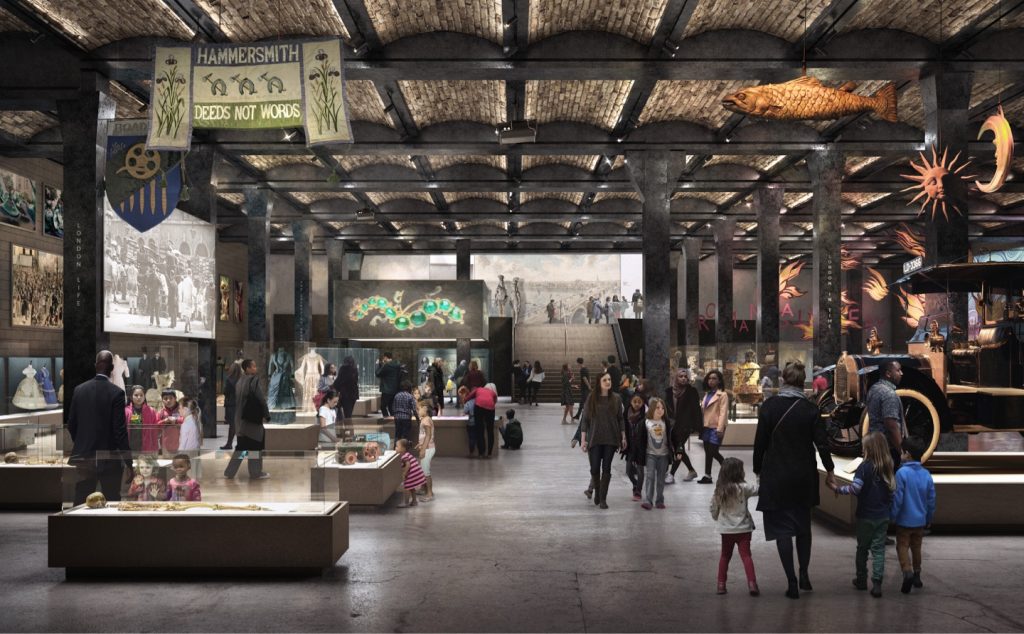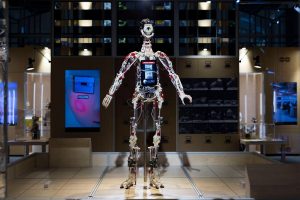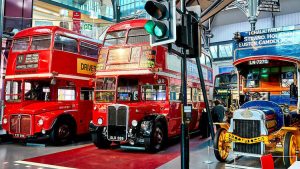
London is a city that has been around for centuries. The Museum of London is a museum that was founded in 1976 and is the largest municipal museum in the United Kingdom. Museum is a place where you can find out about the history of this old city.
Museum of London is actually is one of the oldest museum in the world and also one of the largest museums in London, with six floors and has a collection of over three million objects, arranged across its galleries, which include social history, art and design, archaeology, architecture and world cultures.
The museum has a number of galleries which are dedicated to specific topics such as:
- London before 1800
- London’s Roman past
- The Medieval City
- Britain’s First World War
- London at War 1939-1945
- Daily life in Roman London
The Museum of London has three main missions:
- to provide an understanding of how life in London has changed over time,
- to make people aware that museums are important places for learning,
- to help people understand how they can use their own collections better.
Museum Of London 4K Full Walk Tour Part 1
Museum of London: The Untold Stories of the City’s History
The Museum of London is a museum that tells the story of London from prehistoric to modern times. It houses over 2,000 years of history in its collections and galleries.
The museum’s original building, which has been on the site since 1894, was designed by Sir Aston Webb and built in Portland stone to provide a dignified setting for the display of sculpture.
The Museum’s collections cover many periods and aspects of life in London from prehistory to the present day. One such collection is its displays on Roman London – this includes a reconstruction of part of Roman Londinium as well as some real remains found on-site such as coins and pottery. It also has exhibitions about medieval times including one focusing on Tudor food and another called ‘A History Of English Costume’ covering many different types of clothing from the Middle Ages to the present day.
In addition, there are collections about the history of London, including some treasures that were found during a building project at St Paul’s Cathedral in 1894. One such treasure is a piece of a medieval window – it is one of only two windows known to have survived from that period. There are also many collections of documents and archives from the British Library which are on display in the gallery.
The museum also has a ground-floor display about London’s waterways, including examples of some interesting old canals and bridges, as well as displays on London’s architecture, transport systems and traffic systems. The museum is divided into four main sections – Natural History , Transport, London’s Built Environment and People.
The Natural History collection includes geological exhibits from the early days of the museum, as well as more recent ones.
The transport displays include:
- a model railway layout with stations and rolling stock from around London;
- a gallery of preserved trams;
- vintage buses;
- examples of electric cars.
The building also features an exhibition on architecture and a panel discussion on the relationship of architecture and environment.
The entrance to the museum is a mirrored glass cube, with an open space that allows visitors to peer into the gallery’s exhibitions. The building is entirely clad in copper sheeting, with stainless steel sheets as cladding on the exterior facade, which has won awards for its design.
The building is a nominated building for the World Monuments Watch by the World Monuments Fund.
5 Fun Facts about the Museum of London
- The museum has a live performance space called “The Scoop” which hosts music performances and daytime storytelling sessions for children.
- It has a program called “London Live” which offers free, guided walks exploring aspects of modern or historical London.
- It also hosts disability-friendly visits, talks, workshops and events to help visitors learn about what life was like for disabled people in our past.
- It also has an exhibition about one million years ago in our past called ‘Pleistocene Park’ where ice age plants are brought back to life and visitors are invited to explore how long periods of cold weather affect living things.
- It is located near the Barbican Centre with easy access to the rest of central London.Westminster Bridge, Houses of Parliament, and Big Ben are located nearby.
You may also like:


